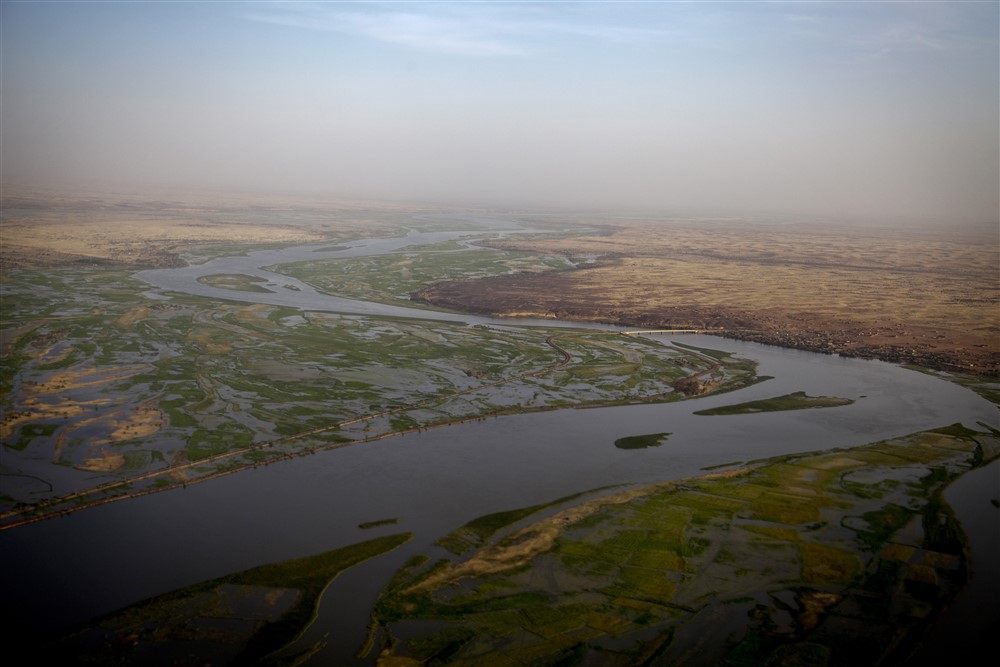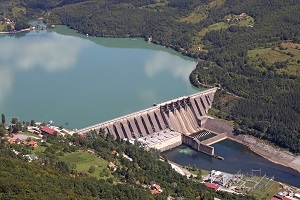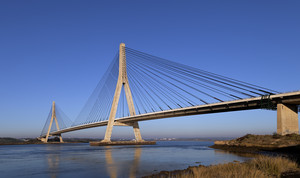Transboundary Waters
Overexploitation of lakes, rivers and aquifers can jeopardize these ecosystem services and have dire consequences for the reliability and sustainability of water supplies, which can cause international tension if those impacts are felt more keenly on the other side of a border. Depleted aquifers can also allow saltwater intrusion in coastal areas and increase the concentration of arsenic and fluoride and other toxic substances.
Transboundary water management creates benefits for everyone to share: international trade, climate change adaptation, economic growth, food security, improved governance and regional integration.
There are many reasons to be optimistic. Since 1948, there have been 37 incidents of acute conflict over water, while approximately 295 international water agreements were negotiated and signed in the same period. This includes the UNECE Water Convention, a legal framework for transboundary water cooperation worldwide, initially only open to countries in the pan-European region but globally available since 2003. However, around two-thirds of the world’s transboundary rivers do not have a cooperative management framework.




